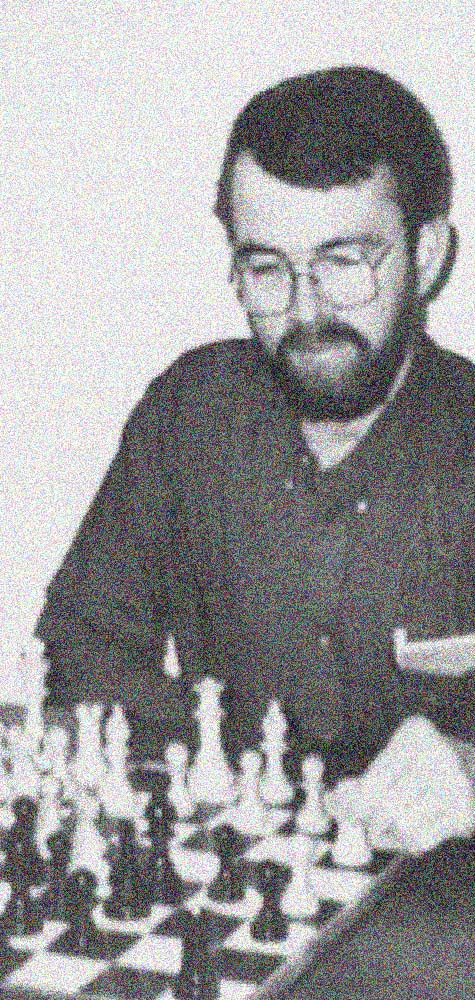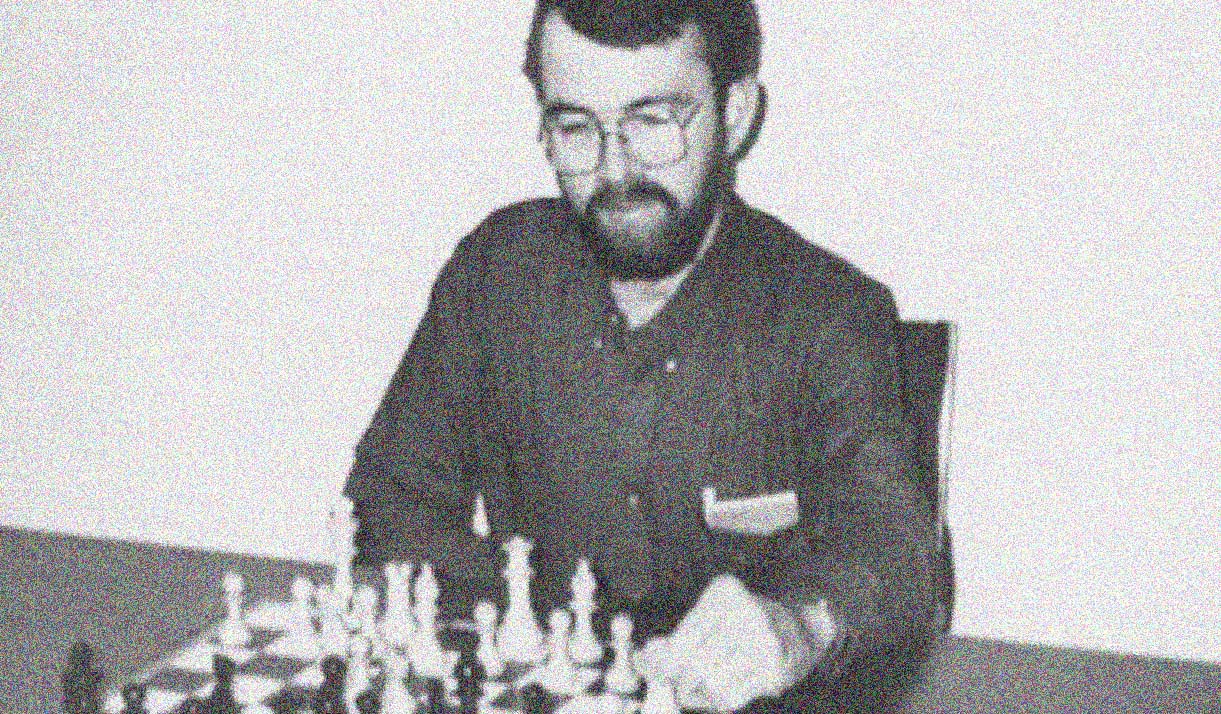
Endel Tulving, a Canadian psychologist, became famous in the academic community in the 80s after studying the case of patient “K.C.” (for Kent Cochrane). Patient “K.C.” had sustained significant head trauma after a motorcycle accident, leaving him with a permanently damaged hippocampus.
For example, “K.C.” remembered for the rest of his life that his brother had gotten married and could recognise family members in the wedding albums (the facts), but he had no memory of attending the wedding himself (the personal experience). His memories were devoid of any emotion.


“K.C.”’s inability to access his episodic memories had a frightening consequence: He was completely incapable of planning his future.
The ability to make decisions is contingent on one’s ability to access their emotional response to past events. This is the inspiration behind Trackcoin’s method: Relating asset price dynamics to investors’ past emotional responses, giving an accurate depiction of the current market sentiment.
What are the moments that are the most emotionally evocative for an investor over a given period? When the market price reached its lowest point and when it reached its highest point. The positive price disparity between the current price and the past low price brings satisfaction (the FIRST TREND), while the negative price disparity between the current price and the past high price, frustration (the SECOND TREND).
Market sentiment is a combination of competing trends, not a single trend.


If we increase the number of investors in our model, we get an accurate representation of market sentiment. By grouping these investors into two competing positions, satisfied and frustrated, the decision-making process becomes binary.
TrackCoin tells you when the market is satisfied (IN), or frustrated (OUT).